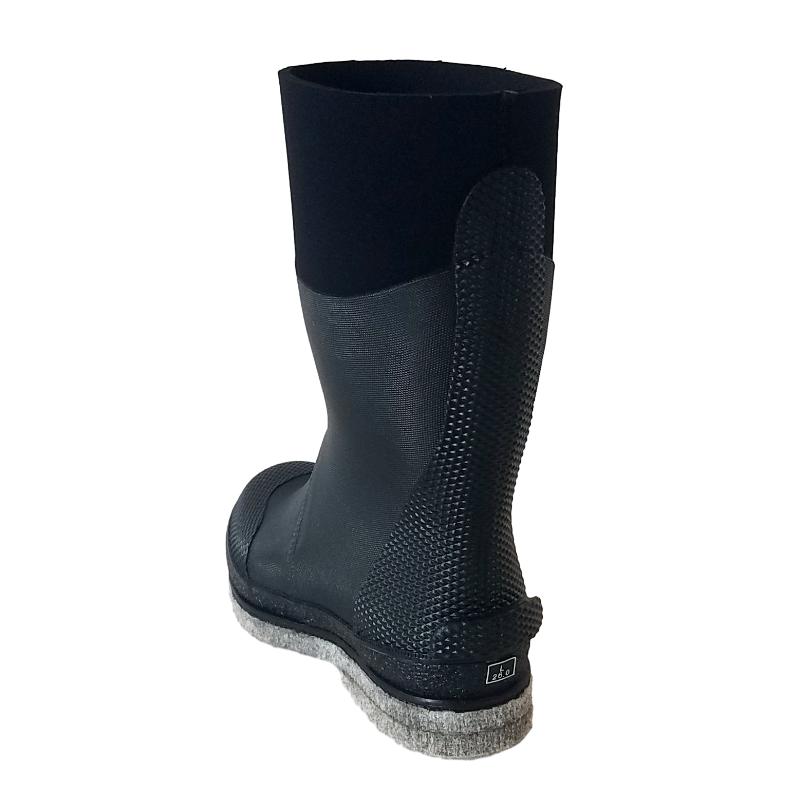How to Choose Waders A Comprehensive Guide
When it comes to fishing or wading in rivers, lakes, and streams, having the right gear is essential. One of the most important pieces of equipment for anglers and outdoor enthusiasts alike is a good pair of waders. Choosing the right waders can greatly enhance your comfort, mobility, and overall experience while you're out enjoying nature. Here’s a guide on how to choose the perfect waders for your needs.
Understand the Different Types of Waders
Waders come in various styles, each designed for specific environments and activities. The main types are
1. Hip Waders These are great for shallow waters. They cover you up to the hips and are usually made from rubber or neoprene. Hip waders are lightweight and easy to put on and take off, making them ideal for short trips or casual fishing.
2. Chest Waders These are the most versatile type, providing full coverage from feet to chest. Chest waders are ideal for deeper water conditions and are typically made from breathable materials that allow moisture to escape while keeping water out. They often come with built-in boots, making them a popular choice for serious anglers.
3. Breathable vs. Insulated Waders Breathable waders are designed for warm weather and allow sweat to escape, keeping you cool and comfortable. Insulated waders, on the other hand, are perfect for cold weather fishing. They are generally thicker and help retain body heat, offering protection against frigid temperatures.
Consider the Material
The choice of material is crucial for durability and comfort. Common materials include
- Neoprene Known for its insulation properties, neoprene is the go-to choice for cold water fishing
. However, it can be less breathable and may cause overheating in warm weather.- Breathable Fabrics Materials like Gore-Tex and other proprietary fabrics offer excellent breathability, allowing moisture to escape while keeping you dry. These are preferable for warm-weather fishing and can be layered for colder conditions.
- Rubber Though less common, rubber waders are completely waterproof and can be found in hip wader designs. However, they tend to be less comfortable for prolonged use.
how to choose waders

Fit and Comfort
When choosing waders, getting the right fit is essential. Properly fitted waders should allow for ease of movement without being too loose or too tight. Pay attention to the following areas
- Torso Length Chest waders come in different torso lengths. Ensure the waders fit well in the torso; you should be able to bend and squat comfortably.
- Feet Size If the waders come with built-in boots, ensure they are the correct size and accommodate any thick socks you plan to wear.
- Leg Room Look for enough leg room to move freely, especially if you plan to hike or walk long distances while wearing them.
Additional Features
- Pockets Many waders provide pockets for storing small items. Look for waterproof or water-resistant pockets, especially if you plan to carry a phone or other electronics.
- Adjustable Straps Ensure that the waders have adjustable shoulder straps or suspenders. This feature allows for a customizable fit, keeping your waders secure and comfortable throughout use.
- Reinforced Knees If you anticipate kneeling often or rough conditions, reinforced knees can extend the life of your waders.
Conclusion
Choosing the right waders is essential for enhancing your outdoor experience. Consider your specific fishing environment, the type of waders that will best suit your needs, the material for comfort and durability, and ensure that you have the right fit with all the necessary features. By following these guidelines, you’ll be well-prepared for your next fishing adventure while staying comfortable and dry. Happy fishing!
-
Stay Dry in Any Condition with WadersNewsJul.17,2025
-
Elite Performance with Camouflage Combat BootsNewsJul.17,2025
-
Dry and Comfortable with Green Rubber Garden ShoesNewsJul.17,2025
-
Convenient Protection with Foldable RainbootsNewsJul.17,2025
-
Comfort and Protection with Neoprene Work BootsNewsJul.17,2025
-
Brighten Rainy Days with Floral Rain BootsNewsJul.17,2025
-
Safety Wellies: The Ultimate Combination of Protection, Comfort, and VisibilityNewsJun.19,2025











